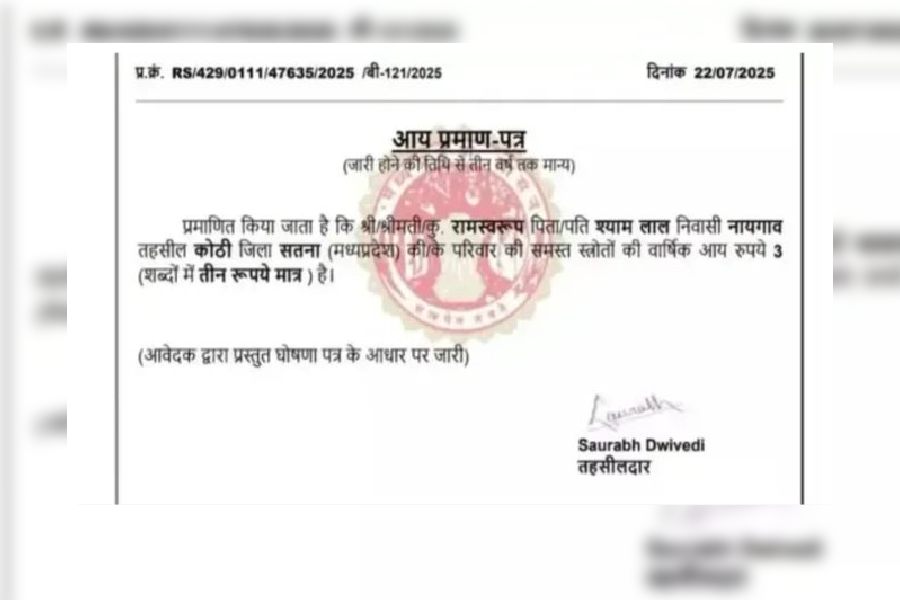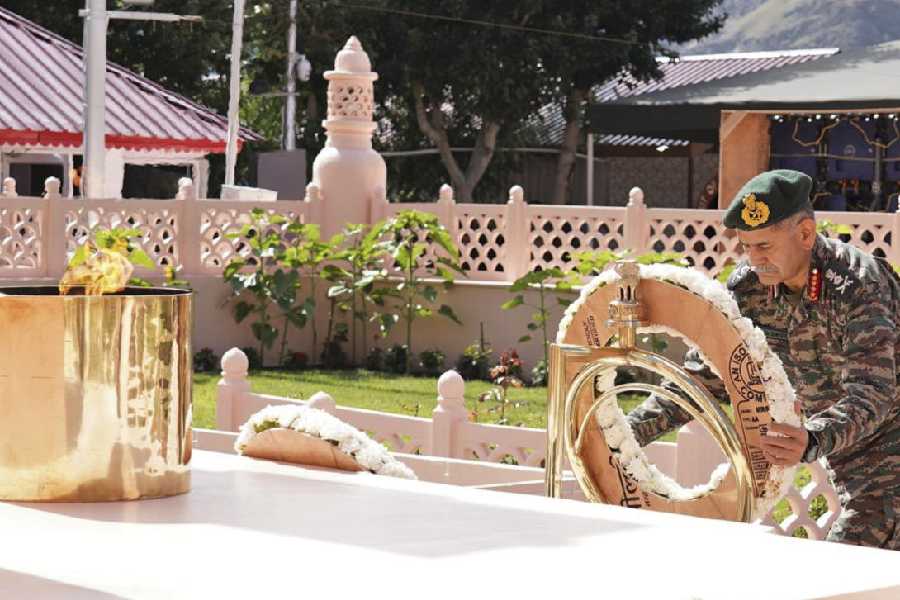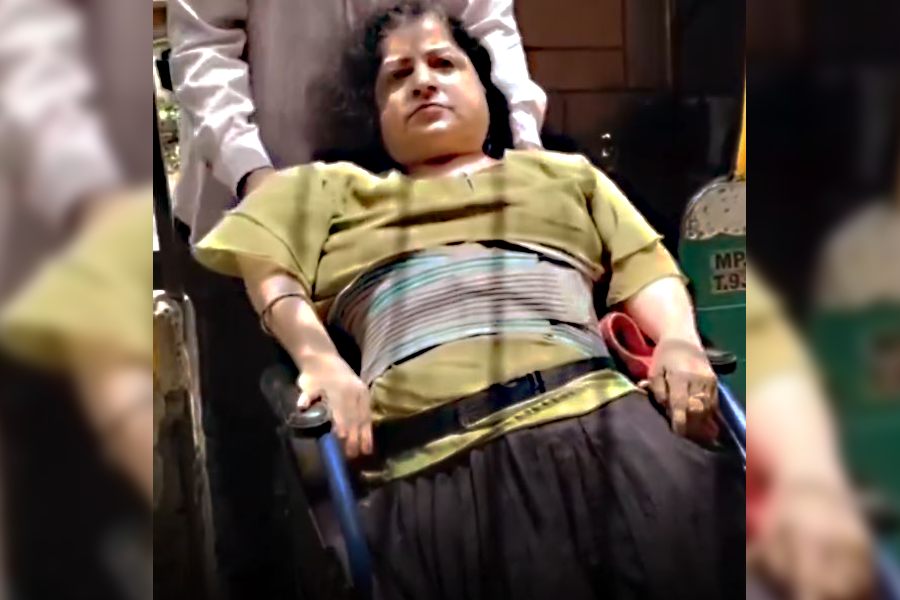
The purpose of Margot: Sister Nivedita of Vivekananda, writes Reba Som, "is to try and understand what lay behind many of Nivedita's assumptions, to discover how she evolved in her thinking, to imagine what it might have been for a young attractive white woman to renounce her country and culture for an alien land and adopt it with sympathy and compassion". Divided into six chapters, the book traces the emotional and spiritual journey of Nivedita and shows how her love for Vivekananda gradually extended to an all-encompassing love for India.
It begins with Margaret Noble's arrival in India in February 1898 at the call of Swami Vivekananda. Her Celtic blood, her Protestant background, her schooling in a Christian institution, her training in the Pestalozzi-Froebel method of psychologizing child education, her own school at Wimbledon had already prepared her for the mission in an alien land. Her fascination with Vivekananda's philosophy of Vedanta and his words - "India cannot yet produce great women, she must borrow them from other nations... your education, sincerity, purity, immense love, determination and above all, the Celtic blood make you just the woman wanted" - fired her dreams.
Nivedita's austere lifestyle in India, her first public appearance in Star Theatre, her two lectures on Kali, her vigil on the streets of Calcutta nursing the plague-stricken, the girls' school she opened all made her a phenomenon. A tour of north India helped her see her Master from close quarters and understand the essence of India. But it also brought hidden emotions to the surface as she "saw the dream of a friendly and beloved leader falling away from me, and the picture of one who would be at least indifferent, and possibly silently hostile, substituting itself instead". Vivekananda's harshness was his way of defending himself and her from her passionate adoration. He was also giving her freedom: "Go forth into the world, and there if I made you, be destroyed. If the divine Mother made you, live."
For Nivedita, the British government was "rotten to the core". Curzon's plans to partition Bengal in 1905 galvanized her into advocating aggressive Hinduism, for which she was misunderstood. Her nationalism was syncretic: "If you want to know the real India, dream the dreams of Akbar and Ashoka." She looked for this unity in indigenous art forms and urged E.B. Havell, head of the Calcutta School of Art, to inspire his students with nationalist ideas.
The scientific achievements of J.C. Bose brought out her aggressive Hinduism too: "Twenty years hence... they will say that the Science of Botany was revolutionised by a Hindu." She became the scribe and editor of Bose's works. The British government's injustice to him was a cause of her obsession with Indian nationalism. In a letter, she wrote, "I hate my own people."
While there are copious references to personal letters, Nivedita herself devoted the last four years of her life to writing. This was fulfilling, since Vivekananda saw her first as an educator and then as his spokesperson. T.K. Cheyne, professor of spiritual studies at Oxford, felt that her book, The Master as I Saw Him, a major source for Som, could be placed "on the same shelf with the Confessions of Saint Augustine and Sabatier's Life of Saint Francis".
Biographies tend to be hagiographies. When the subject is Sister Nivedita, the danger is greater. Som avoids this danger by bringing out the prejudices of the great figures of her story. Vivekananda attacked any cultural influence he perceived as effeminate or emotional: "As long as you are mixing with that Tagore family, Margot, I must go on sounding the gong." Secretly, Nivedita admired Tagore and admitted, "I prefer, when I do take a holiday, to go to the Tagores." She became the first translator of Tagore's short stories when her translation of "Cabuliwallah" was published in the Modern Review in November 1911. "But Mr Tagore is not the type of manhood that appeals to me," she said.
Meanwhile, Tagore confessed to Edward Thompson, "I didn't like her. She was so violent... She could be ferocious at any wrong or injustice to my people." But in his article, 'Bhogini Nibedita', with which the book closes, he says, "Nivedita approached 'people' with the sensibility of a mother directing all her love to this conglomerate as if it were a particular person. Had it been a child she would have drawn it to her lap and nursed it with her life."
Reba Som has got her Nivedita remarkably well.










